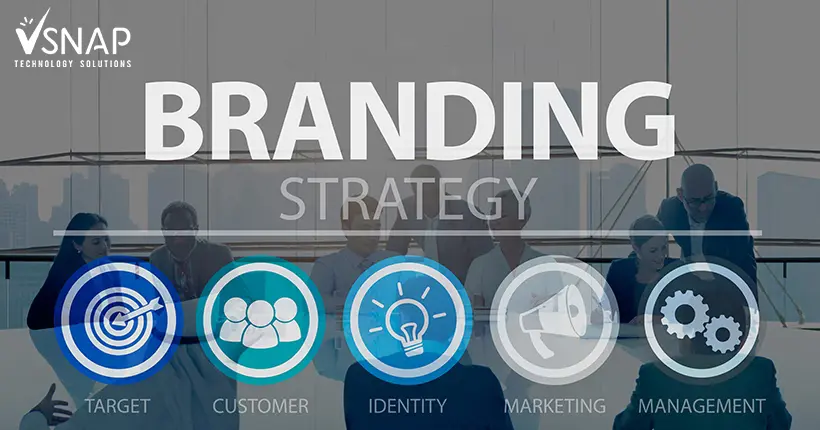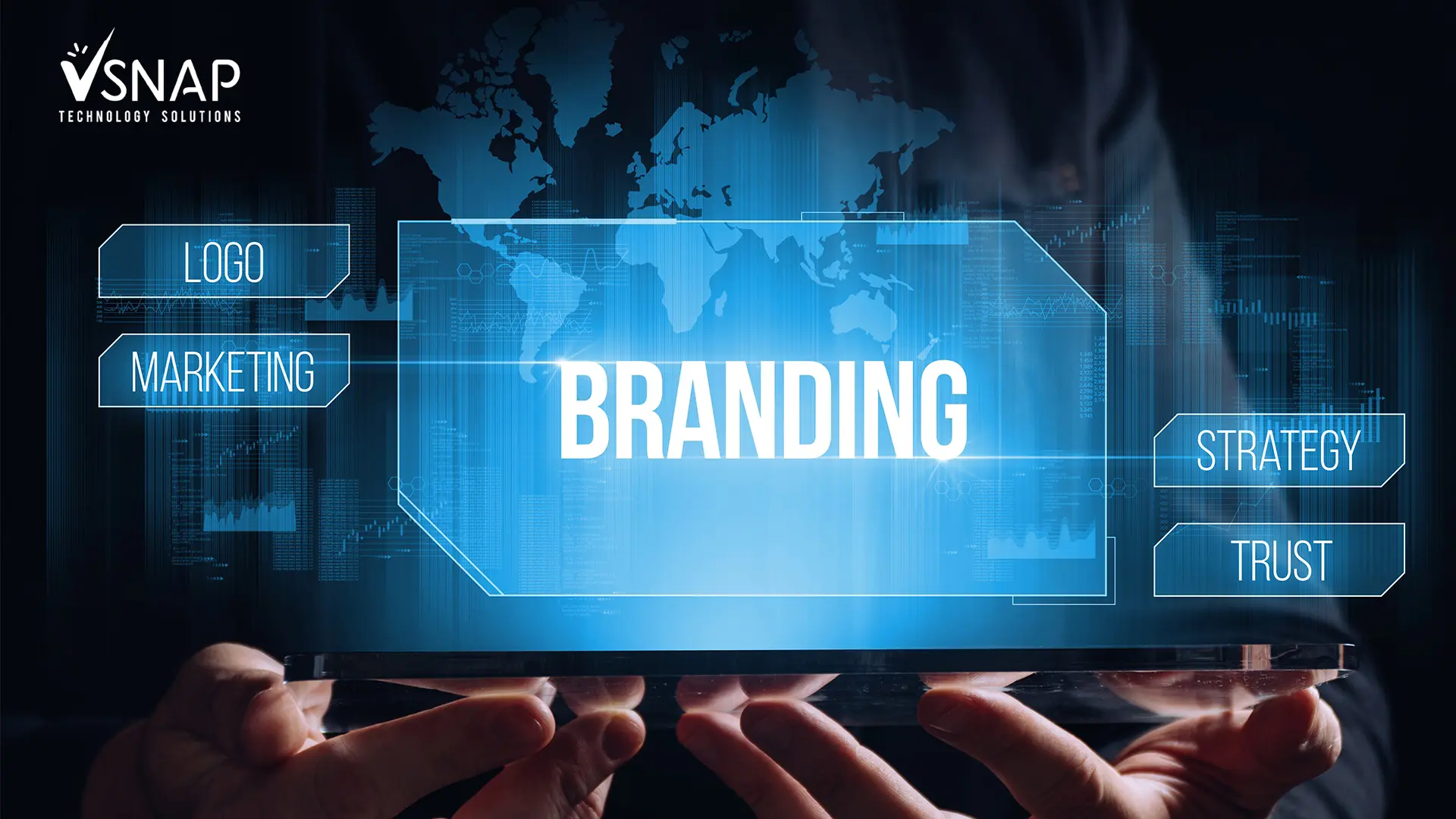
Creating a Branding Strategy That Converts for your Business
Back in the day, branding in the B2B space meant slapping a sleek logo on a white paper and calling it a day.
Today? Not so much. Yep, Buyers are savvier. Sales cycles are longer.
Trust is harder to earn.
And let’s face it, most B2B websites sound like they were written by a robot that drank too much coffee.
The secret weapon now?
Brand storytelling with strategy. A good story sells. A great story converts.
Let’s break down how to go from story to sales with a branding approach that hits the right nerve in today’s B2B landscape.
Step 1: Know Who You're Talking To
Before we talk logos or taglines, you need radical clarity on your ideal customer profile (ICP). The audience matters the most, you wont play Bach's Air on the G String at a Rap battle will you?
Thus the audience matters, imagine writing pure tech lingo for a real estate company's website? It simply wont convert! Find out what your audience wants?
Ask Them or Yourself:
A CTO in a Series A startup thinks very differently from a procurement officer at a Fortune 500. If your brand talks to both the same way, you're leaving money on the table.
Pro Tip:
Create customer personas based on real interviews, not just CRM data.

Step 2: Positioning That Makes You the Obvious Choice
Duh, that's a given but then again Branding isn't about being the best. It's about being the best choice for your target buyer.
Your positioning should answer:
In B2B tech, clarity wins. A brand that says, “We help logistics firms reduce fleet downtime using predictive AI” will outperform a brand that says, “We’re a cutting-edge enterprise digital transformation solution provider.”
Jargon buries clarity. Kill it.
Step 3: Craft Your Brand Narrative: From Problem to Solution
Every great brand has a great narrative arc. You brand should too.
Use this story framework:
- 1. The customer has a problem.
- 2. You understand it deeply.
- 3. You’ve built a product that solves it in a unique, measurable way.
- 4. Here’s the transformation they can expect.
This isn’t fiction. It’s strategic empathy.
Stories that resonate emotionally are remembered. And in B2B, being remembered is halfway to being chosen.
Step 4: Visual & Verbal Identity: Consistency Is Conversion
Your brand's voice should sound the same on your website, in your pitch decks, on LinkedIn, and even in your drip emails.
Keep it:
Visually, your color palette, fonts, and design style should support the story you're telling. Are you innovative and agile? Clean lines, bold fonts. Are you enterprise-ready and secure? More restrained, minimal designs work better.
Step 5: Thought Leadership That Doesn't Just Show Off
In 2025, B2B buyers don’t want to be sold to. They want to be educated.
That’s where branding meets content strategy:
This builds brand equity. When they're ready to buy, they'll remember the brand that gave them clarity.
Step 6: Measure What Matters
You don’t need 50 metrics. Just track these basics
If you’ve nailed the story, the numbers will follow.
Story First, Sales Will Follow
Branding for B2B tech firms isn’t about being flashy. It’s about being trustworthy, clear, and compelling.
Thanks for reading ❤